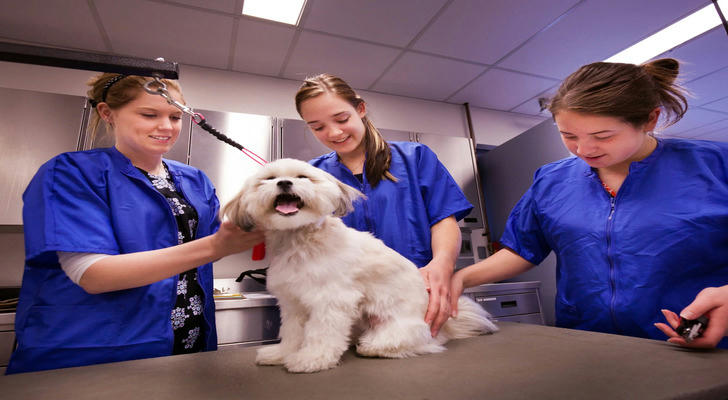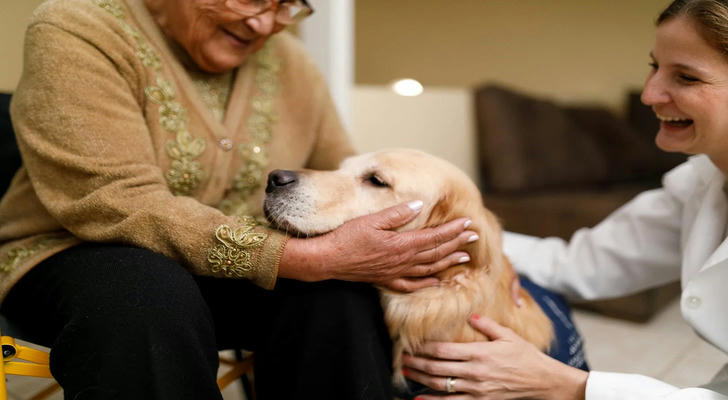Become a Pet Communication & Care Specialist: A Guide to Training & Certification
Have you ever looked into your pet’s eyes and wished you could understand what they’re thinking? Maybe your dog keeps barking at the door, or your cat is suddenly hiding under the couch. Is it stress? Excitement? Something else?
🐶 Ever Wondered What Your Pet is Trying to Tell You?
Understanding animal communication goes beyond simple commands—it’s about building trust, decoding behavior, and improving pet well-being. That’s where a Pet Communication & Care Specialist course can help!
📌 Why Learn Pet Communication & Care?
Many people believe pet care is just about feeding and grooming, but true pet specialists know how to interpret animal body language, emotional states, and subtle health signals.
Here’s why more people are taking professional pet care courses:
✅ Stronger Bond with Pets – Understand what your pet wants and how to meet their needs.
✅ Career Opportunities – Work as a pet consultant, animal trainer, or pet therapist.
✅ Early Health Detection – Identify stress or illness before it becomes serious.
✅ Happier Pets, Happier Owners – Reduce anxiety, improve obedience, and create harmony at home.
📚 What Do Pet Communication & Care Courses Teach?
🐕 1. Animal Behavior & Psychology
Learn how different animals express emotions through body language, vocal cues, and movement.
| Animal | Common Signs | Meaning |
|---|---|---|
| 🐶 Dogs | Tail wagging, ears back, licking lips | Excitement or nervousness |
| 🐱 Cats | Purring, slow blinking, arched back | Contentment or discomfort |
| 🐴 Horses | Ears pinned, tail swishing, stomping | Agitation or pain |
🐾 2. Pet Communication Techniques
🔹 Body Language Interpretation – How to "read" pets through their posture and expressions.
🔹 Tone & Vocal Interaction – Using voice modulation to calm or encourage pets.
🔹 Energy & Non-Verbal Cues – How pets pick up on human emotions and respond.

🍖 3. Holistic Pet Care & Nutrition
Did you know? A pet’s diet affects behavior and health. A well-balanced diet reduces hyperactivity and anxiety.
Best Diet for Dogs & Cats
- Lean proteins (chicken, fish)
- Fresh vegetables & natural supplements
- Limited grains (for digestion)
What to Avoid?
- Processed treats with artificial additives
- High-carb fillers like corn & wheat
Hands-on courses will teach you how to create pet-friendly meal plans tailored to specific breeds and health conditions.

🎓 How to Become a Certified Pet Communication & Care Specialist?
1️⃣ Enroll in a Certified Course
- Many programs offer online and in-person options.
- Look for courses accredited by pet behavior associations.
2️⃣ Hands-On Training
- Work with real pets in training facilities or shelters.
- Learn to assess animal emotions and body language.
3️⃣ Pass Certification Exams
- Some courses require written and practical assessments.
- Certifications like IAABC (International Association of Animal Behavior Consultants) boost credibility.
4️⃣ Start Your Career!
- Open a pet consulting business.
- Work with veterinarians, animal shelters, or pet stores.
🏆 Career Opportunities After Certification
| Career Path | Average Salary | Key Responsibilities |
|---|---|---|
| Pet Behavior Consultant | $40,000 - $70,000/year | Help owners resolve pet behavior issues |
| Animal Trainer | $30,000 - $60,000/year | Teach obedience, agility, and therapy training |
| Holistic Pet Therapist | $50,000 - $80,000/year | Use natural methods to improve pet health |
| Pet Nutritionist | $45,000 - $75,000/year | Design healthy diet plans for pets |
💬 What People Say About These Courses
🔥 “I thought I knew my dog well, but after this course, I see signs I never noticed before! My bond with my pet is stronger than ever.” – Emily, 37
🔥 “Learning animal communication changed my career! Now, I help pet owners create stress-free environments.” – Jacob, 42
🔥 “I never realized my cat was stressed until I learned about feline body language. This course was a game-changer!” – Sarah, 45
📢 Final Thoughts: Why You Should Learn Pet Communication & Care
Your pet communicates every day—through actions, sounds, and emotions. The question is, are you listening?
By learning professional pet care techniques, you can understand, support, and improve your pet’s well-being, leading to a happier, healthier life for both of you.
🐾 Why not start today? Your pet will thank you! 🐾
